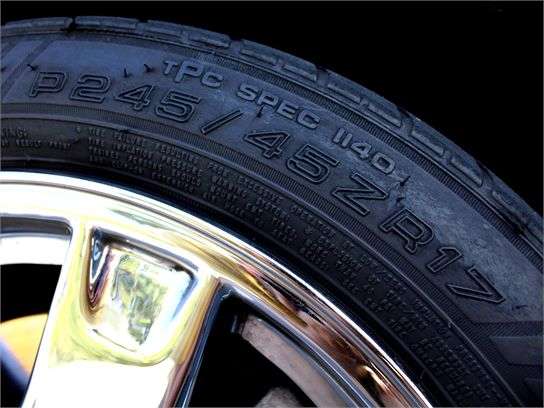Recent Articles
Popular Makes
Body Types
What Is Vehicle Traction Control?

Known by a variety of names, the result is still the same. When the road gets slippery, vehicle traction control helps your ride to get grippy. Essentially, vehicle traction control, anti-slip regulation, acceleration slip regulation, Positraction, or whatever name it is referred to by, modulates the rotation of the drive wheels of the car to work to help ensure controlled forward motion.
If you are operating your vehicle on a wet, snowy, muddy, or a sandy surface where friction is minimized, your vehicle could lose traction and become difficult to accelerate in a controlled fashion. In extreme cases your wheels could even dig ruts into the surface they’re trying to work upon and render your vehicle immobile. (Also known as getting “stuck”.) Traction control systems work to eliminate this problem by limiting the amount of power put to the spinning drive wheel(s) so it/they can find grip more easily.
The earliest form of traction control was the driver’s right foot. An attentive driver could feel when one or more of the drive wheels were starting to slip and simply reduce the pressure they applied to the gas pedal. This would reduce the amount of torque going to the drive wheels and slow their rotation, giving them the ability to find traction and propel the vehicle forward.
One of the first mechanical devices to try to do this for the driver was the limited slip differential. Engineered to transfer torque from the transmission to the drive wheel with the most grip, many high performance cars still employ this mechanical form of traction control to improve stability under acceleration.
However, both of these systems are somewhat limited in their effectiveness. The limited slip differential can only modulate one wheel at a time. Similarly, many drivers are limited by their inability to detect wheel spin until it is significantly advanced. The advent of anti-lock braking systems (ABS) and drive-by-wire throttle systems paved the way for the modern form of vehicle traction control fitted to pretty much every new car today.
An integral part of an ABS setup is its wheel speed indicators, which in turn report to the ABS control unit. The unit in turn, modulates braking force to prevent the wheels from locking under braking and consequently robbing the driver of steering control. Drive by wire throttle controls eliminated the old cable linkage that used to relay the movement of your right foot on the gas pedal to the engine. In a drive by wire system, the gas pedal is more like a dimmer switch connected to a sensor. The amount of pressure applied to the pedal (which ultimately determines the angle of the pedal) is translated into an electronic signal which tells the computer how much acceleration you’re requesting.
The ABS wheel speed indicators are employed to inform the vehicle traction control computer if the drive wheels are slipping. When this happens, the computer has the option of applying mild braking to the wheel that is out of sync with the others or—thanks to the drive by wire throttle system—it is also capable of completely retarding engine output. If the computer determines you're requesting too much torque for the situation and the wheels are beginning to slip, it will belay your request until the speed of the vehicle is commensurate to the rotaion of the drive wheels. It does this by reducing the amount of torque applied, which enables the wheels to turn more slowly and increases the likelihood they’ll find grip—also known as traction. When they do, the computer returns control of the throttle to your right foot.
Thus, you have the term; vehicle traction control.